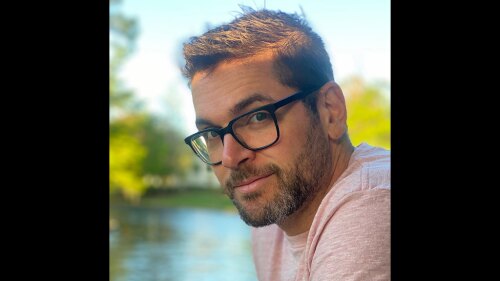ULI Advisory Services panelists spent a week in October visiting various sites in downtown Fort Lauderdale, Florida, to evaluate buildings as well as the infrastructure, especially connected to the area’s water management. The panel made several recommendations for how the city of Fort Lauderdale, the Downtown Development Authority (DDA), and local developers can create a greener, more connected, less congested, and more resilient downtown.
South Florida is growing and is already home to more than 6million people, making it the 12th-largest economy in the United States,according to the U.S. Conference of Mayors. In Fort Lauderdale alone, there area number of large corporate tenants, such as AutoNation, Citrix, and AmericanExpress to name a few, who need office space and amenities to attract atalented workforce. As the amount of office, retail, and residential space has increasedin the Fort Lauderdale area, sea-level rise threatens to overwhelm the city’sbest-laid plans. The DDA, an independent taxing district, and others in thecity hope to make the new density as livable (as well as “waterproof,”) aspossible.
The exploratory ULI panel was sponsored by “The 10 MinuteWalk Campaign,” which promotes the idea that all people in urban America shouldlive within a 10-minute walk to a high-quality park. ULI, the Trust for PublicLand, and the National Recreation and Park Association are partners in thiscampaign. Last week’s event was one of nine panels that the campaign hasbrought to communities across the United States.
At the end of the presentation, the panelists presented recommendationsfor how to make downtown more livable, including the following:
* Create new parks tosupplement the existing ones with climate-adaptive components. Lucky forthe DDA, parcels in the area may be suitable to be transformed into new parksand the quasi-government entity has the wherewithal to buy and own theseproperties.
* Initiate apedestrian/bike network in downtown. Such a network would not only createmore space for recreation but also make it possible for more workers to commuteto their jobs without having to use their cars. It is imperative, given thetraffic congestion in downtown Fort Lauderdale, that not only should there bemultiple ways to get around, but there must also be a separation of bicyclesand cars, said Stephen Whitehouse, partner with the New York–based StarrWhitehouse Landscape Architects and Planners, and the panel moderator.
* Place public art inpublic spaces downtown.
* Locate the newfederal courthouse south of the New River, which runs through downtown.
* Create a “greenribbon”: Establish a better connection among parks and green spaces in andnear downtown.
* Develop a newvision for Huizenga Plaza, a prominent civic space that can hold up to 2,000people for an event.Suggestions to improve the site included bringing in food trucks during the dayand installing a stormwater pump station to protect the area from flooding.
* Relocate the countyjail, which is on prime riverfront property. The jail is not the highest andbest use.
* Integrate the area south of the New River with the more developed area to the north of the river.
* Upgrade BrowardBoulevard, a main thoroughfare, to create greater density.
The panel devoted a lot of attention to “living with water,”which is a fact of life in Fort Lauderdale more than in most large cities. In FortLauderdale, as well as all of South Florida, everywhere one goes there arebodies of water—lakes, canals, rivers, the Intracoastal, and the ocean.
Garrett Avery, a landscape architect specializing inresilience issues with AECOM in New York, said that it is necessary “toredefine how and where to build . . . aligning uses to the projected floodplainover the next 40 years.” As an example, he noted that Esplanade Park indowntown floods six times a year.“Thereisn’t a wall high enough to solve this problem,” he said.Fortification is onemethod of dealing with encroaching sea-level rise, “but accommodation throughthe active management of stormwater is better,” said Avery.
Josh Murphy, a senior spatial analyst at NOAA whois based in Silver Spring, Maryland, suggested setting up cisternsto capture excess water and creating “rain gardens,” where runoff fromimpervious surfaces like walkways and parking lots can be retained.
The transformation of Fort Lauderdale’s downtown started in1986 when the city approved a $47 million bond that was used mostly to upgradethe beach, but some of the money was used to build the first phase of Riverwalkin downtown.
Last March, voters in Fort Lauderdale approvedan up to $200 million bond issue topay for new and upgraded parks and recreation facilities. But this will not beenough to do all that is needed, according to panelists.
To coordinate all of the efforts suggested by the panel,said Whitehouse, it would be advisable to hire a “chief public realm officer” or “park czar” todirect activities “in the public realm.” Plus, it may be necessary to establisha public/private partnership to fully realize the plans that are beingformulated.









